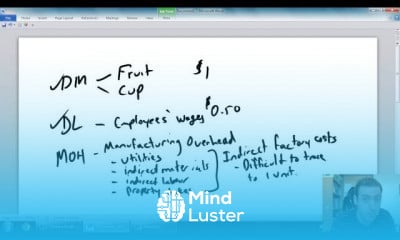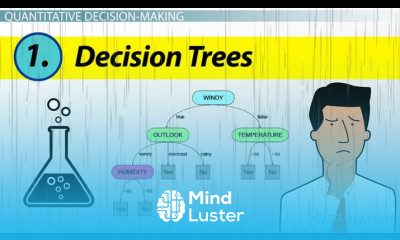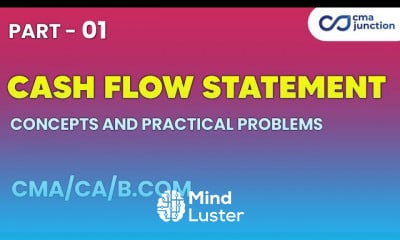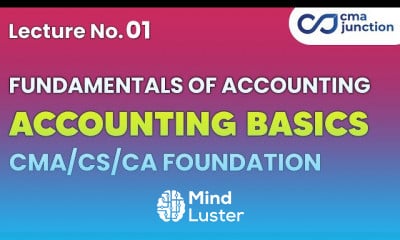Emotional Intelligence
Share your inquiries now with community members
Click Here
Sign up Now
Lessons List | 55
Lesson
Show More
Lessons
Comments
Related Courses in Business
Course Description
What is Employee Wellbeing?
Wellbeing is essentially how someone feels about various aspects of their life – their home life, their health, their relationships with others, their job and other activities. It’s about whether they feel well and happy.
When talking about employee wellbeing, think about it as the way employees’ duties, expectations, stress levels and working environments affect their overall health and happiness.
What is Employee Wellbeing in the Workplace?
Employee wellbeing relates to all aspects of working life, including the environment employees work in, the climate in the workplace and how a workforce feels about their day to day work. Wellbeing is a key factor determining an organisation's long-term success and effectiveness.
According to the CIPD’s health and wellbeing report, HR managers identified within a survey that only 40% of UK businesses have a standalone employee wellbeing strategy. What’s more, mental health is responsible for 56% of long-term unplanned absences, making it the most common cause of long-term absence.
Employee Wellbeing vs Engagement
Employee Wellbeing involves several categories of wellness, which may include:
Physical Health
Emotional Health
Psychological Well Being
Social Relationships
Financial Stability
Essentially, employee wellbeing looks at employee experience at work from a holistic view and asks, “do they have what they need to do their best work?”. Looking at employee wellbeing in your workplace is important for reducing work related stress or instituting incentives for healthy living.
Employee Engagement on the other hand, is the emotional commitment the employee has to the organisation and its goals. It has been proven to:
Reduce staff turnover
Improve productivity and efficiency
Increase employee retention
Deliver higher profits
Boost business connectivity and performance
Reduction in absenteeism
The emotional commitment they have for their company means engaged employees actually care about the work they do. They don't work just for the pay, but work on behalf of the organisation's goals, ultimately creating more success for the company.
Why is Employee Wellbeing Important?
If you aren't taking a proactive approach towards workplace wellbeing, then your workforce is more likely to be unhappy, unmotivated and unproductive. You need to address this immediately. After all, we all spend most of our week in the workplace (sometimes up to 40+ hours a week).
Creating employee wellbeing initiatives should be just as important as building your brand and developing your product. You need to think about your people - think about what you are going to do to improve their happiness in the workplace. It can truly make a difference and improve employee productivity across the whole organisation.
The benefits of making wellbeing a top priority in the workplace are:
Improved team focus
Reduce of stress
Increased job satisfaction
Positivity among employees
Improved general wellbeing
Specific benefits to your organisation include:
Higher performance levels
Improved productivity
Lower employee turnover
Attract top talent
Be seen as a fantastic place to work!
By improving your employee health and wellbeing, you're not only giving them an environment in which they love to come to work every day, but you're helping to create a more motivated, engaged and high performing workforce. This ultimately creates higher organisational success.
Trends
French
Graphic design tools for beginners
Data Science and Data Preparation
Artificial intelligence essentials
Formation efficace à l écoute de l
Learning English Speaking
Electrical engineering for engineer
Build a profitable trading
MS Excel
Essential english phrasal verbs
Build a tic tac Toe app in Xcode
American english speaking practice
Python for beginners
Figma for UX UI design
Marketing basics for beginners
ArrayLists in C for beginners
Web Design for Beginners
Computer science careers
Ubuntu linux
Certified in CyberSecurity
Recent
Data Science and Data Preparation
Growing ginger at home
Gardening basics
Ancient watering techniques
Grow mushrooms
Growing onions
Veggie growing
Bean growing at home
Growing radishes
Tomato growing at home
Shallot growing
Growing kale in plastic bottles
Recycling plastic barrel
Recycling plastic bottles
Grow portulaca grandiflora flower
Growing vegetables
Growing lemon tree
Eggplant eggplants at home
zucchini farming
watermelon farming in pallets




















